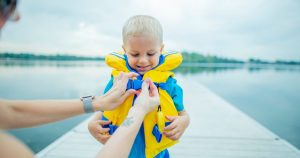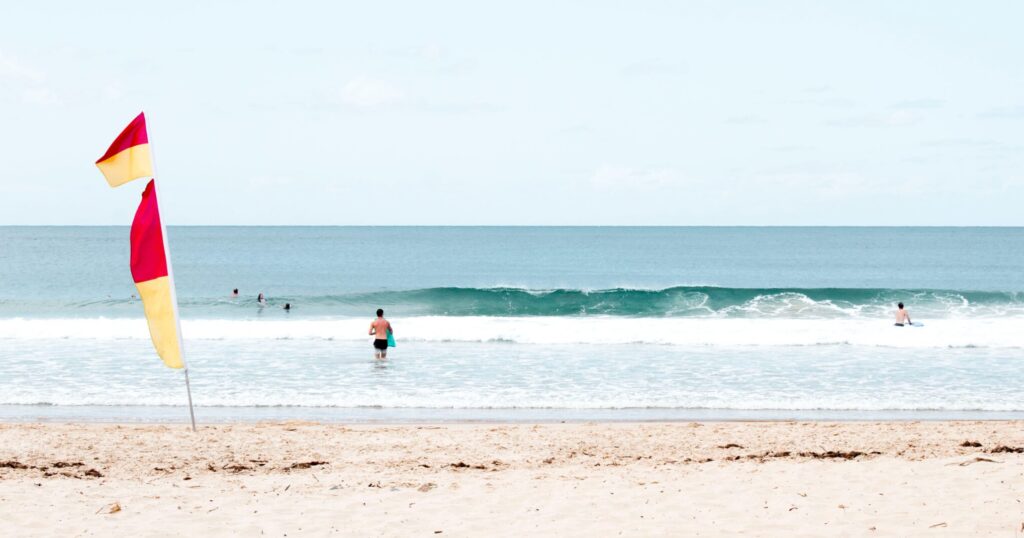According to the 2024 National Drowning Report by Royal Life Saving Australia, 323 Australians tragically lost their lives to drowning. That's 16% higher than the ten-year average. What's even scarier is that in Australia, the age group at the highest risk of drowning is children under the age of five.
Drowning can occur in water as shallow as 5cm deep, so whether you're at the beach, a friend's pool or even your own bathtub, your safety role as a parent is crucial.
Setting some ground rules for your child, ensuring that they never swim alone or unsupervised, and bringing the right gear to the beach are all great ways to enforce water safety for kids.
Here are some more ground rules for improving your kids’ pool safety.




